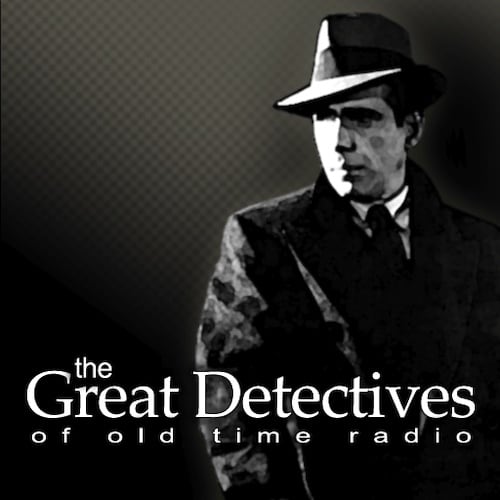Raymond Chandler’s second novel begins on two seemingly unrelated tracks. A man named Moose Malloy walks into a Black establishment and kills the owner because he’s looking for his girl Velma who used to sing at the place when it was a white club. Marlowe does a favor for a police detective because he doesn’t have anything else to do and because it can be handy in his line of work for a police detective to owe you a favor. Then when he hits a dead end, he takes a job for a man named Marriott to help him deliver ransom money for a stolen jade necklace and Marriott ends up murdered.
Marlowe goes on a wild ride, gets beat up, knocked out a couple times, drugged all leading to the conclusion of the case. If anything, the book is more cynical than The Big Sleep with crooked cops abounding and a de facto 1940s open marriage. The attitude portrayed towards blacks in the book was sadly stereotypical and if not hostile, was at least indifferent to their plight. In addition, while the dialogue was good, I don’t think it was quite as good as the The Big Sleep.
However, even with its faults, it’s one of the best detective stories ever written. If it didn’t have a a clever mystery, if it didn’t have Marlowe on a scary trip while drugged as a sleazy sanitarium, it would be a great book because of its characters. They’re on every page. They had depth and nuance, even corrupt Bay City cops, a gambling magnate, a drunk widow, and of course Moose Malloy. You add all the elements together and you have a masterpiece. Whether it’s as good as the Big Sleep, we can argue about, but its a masterpiece none the less.
And of course, Philip Marlowe remains the honest man, the knight who’s courage and incorruptibility make the book work. In this book, he doesn’t do anything near as dramatic as ripping apart his bed when he rebuffed Carmen Sternwood. Here, it’s more subtle. In a classic scene, Marlowe is being questioned by a police lieutenant and helps a fly out of the police office and lets it go. At the end of the book, he asks the Lieutenant about the fly and he doesn’t know what he’s talking about.
It subtly paints a picture of a Marlowe who doesn’t quite see the world the same way his contemporaries (even good men) do as they accept corruption as just a matter of course. While Marlowe isn’t a crusader, his sense of honor compels him to challenge the corruption that’s in front of him.
Except for some offensive racial language, the book really stands the test of time. While Philip Marlowe books are not recommended for kids or very sensitive adult readers, for fans of hard boiled fiction, the book is a must.
Rating: 4.5 out of 5.0
If you enjoyed this post, you can have new posts about Detective stories and the golden age of radio and television delivered automatically to your Kindle.
This post contains affiliate links, which means that items purchased from these links may result in a commission being paid to the author of this post at no extra cost to the purchaser.
